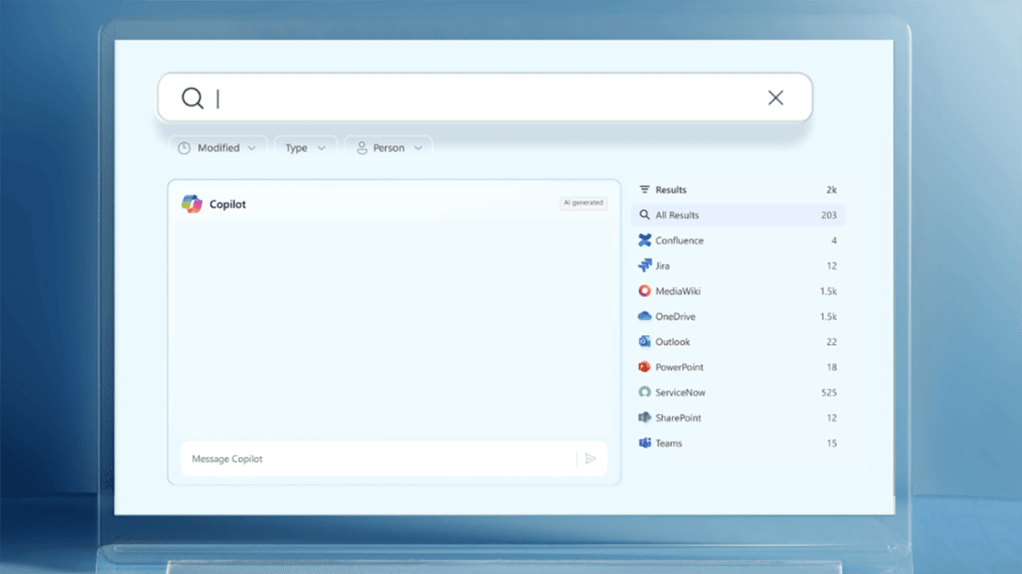Microsoft Enhances M365 Copilot with Enterprise Search and Digital Labor Tools

Understanding Copilot Features in AI
The Nature of Copilot Functionality
Forrester Research describes certain features of Copilot as "agent-ish," which indicates that these functionalities can handle basic tasks and engage with selected data sources. However, they are not yet capable of full agentic AI, which is a level of sophistication where the AI acts independently and collaborates with humans as true digital coworkers. According to Forrester analyst, Gownder, these agent-ish features are more suitable for solving specific, limited problems rather than providing comprehensive assistance in complex scenarios.
The Evolution of AI in Work Environments
As AI tools like Copilot continue to evolve and integrate more deeply within enterprise systems, their capabilities and functionalities will likely expand. Currently, these AI tools focus on automating simpler tasks and providing data retrieval from defined sources. This gradual integration into workplace tools suggests a future where AI might take on more complex functions and potentially act as a digital assistant or collaborator for humans.
Importance of Security in AI Implementations
Guardrails for Protected Environments
With the advancement of AI tools, system administrators play a crucial role in managing access to sensitive information. Jack Gold, a principal analyst at J. Gold Associates, emphasizes the need for robust security measures, sometimes referred to as "guardrails." These measures ensure that unauthorized personnel do not gain access to sensitive data through AI functionalities, which could lead to significant security breaches.
User Role Considerations
Gold points out the importance of understanding user roles and the security clearance that various employees hold within an organization. For example, consider an employee like Jack, who may be classified as a low-level staff member. The question arises: should individuals like Jack be allowed unrestricted access to ask any queries to the AI tool? The answer is nuanced. Organizations must understand the data access and clearance levels assigned to each role before allowing them to engage with AI systems.
- Role Management: Clearly define roles within your organization.
- Security Checkpoints: Implement checks to determine what data users can access.
- Training and Awareness: Ensure employees understand their responsibilities regarding data usage.
Preparing for General-Purpose AI Systems
As organizations begin to adopt more sophisticated AI solutions, they must prepare for the potential implementation of general-purpose AI systems. This involves understanding the implications of allowing various levels of access to different employees, considering the kind of data that AI can handle, and ensuring that sensitive information remains protected.
Organizations should prioritize:
- Data Sensitivity: Classifying data based on sensitivity levels will help in determining who can access what.
- Audit Trails: Maintaining records of who accessed AI features and what queries were made can help in identifying any inappropriate use.
- Regular Reviews: Continually reassess the security measures in place to adapt as technology and organizational needs evolve.
The Future Landscape of AI in Enterprise
As AI tools like Copilot become more prevalent in various industries, the characteristics that define their functionality will continue to evolve. The distinction between agent-ish capabilities and true agentic AI is significant as organizations strive to harness the full potential of these tools. Understanding how to optimize AI use while ensuring security and efficiency will be a significant challenge moving forward.
With ongoing advancements, the landscape of workplace collaboration with AI can expect transformative changes that balance utility with the need for security. This dynamic shift requires careful consideration and strategic planning from both management and IT departments to ensure a beneficial interplay between human employees and artificial intelligence tools.






